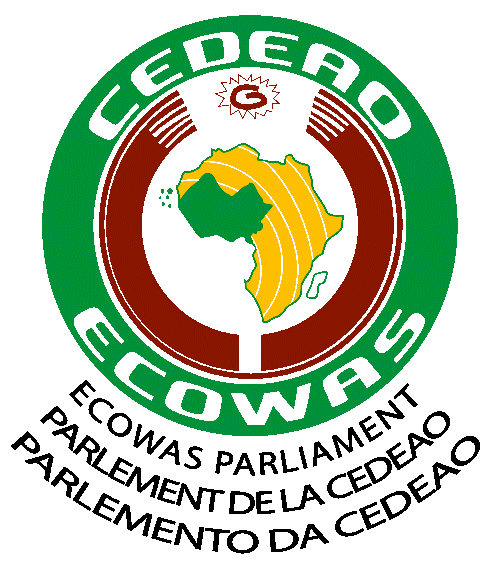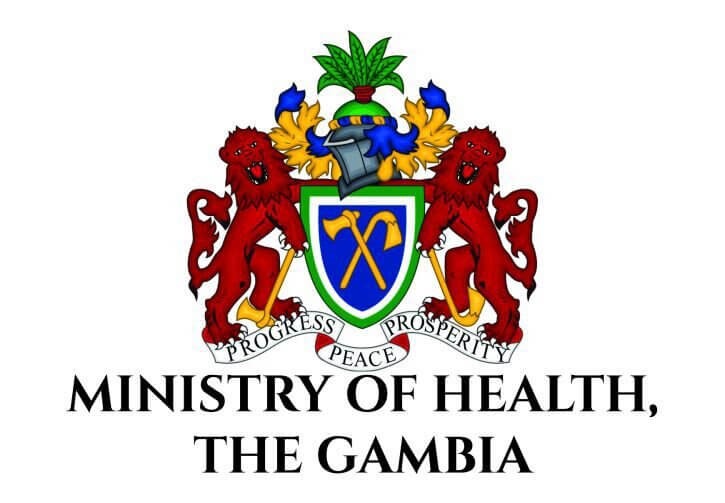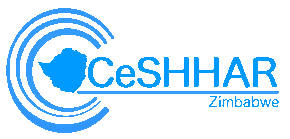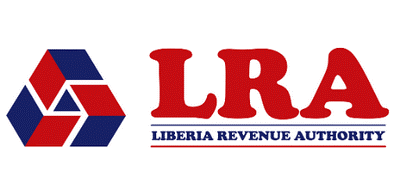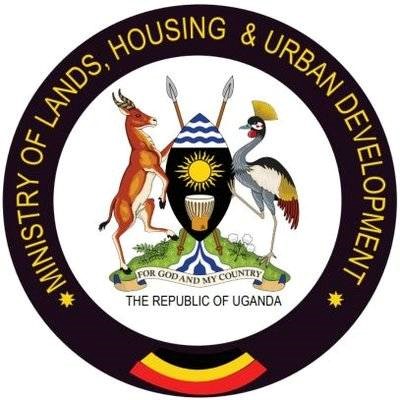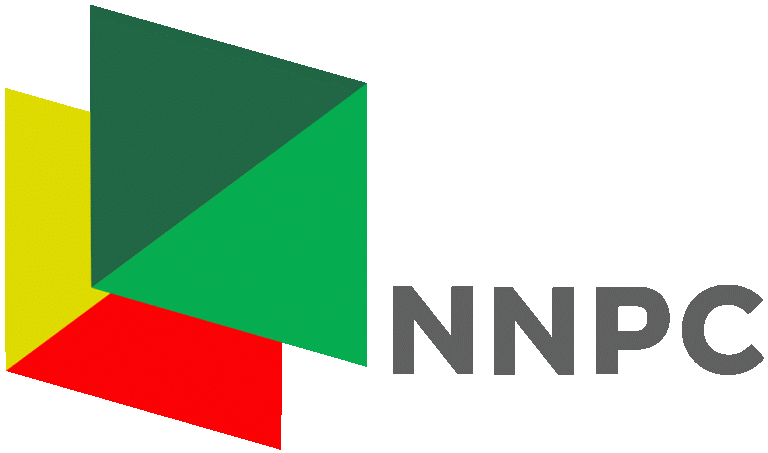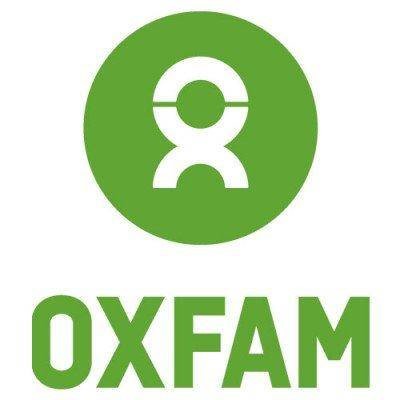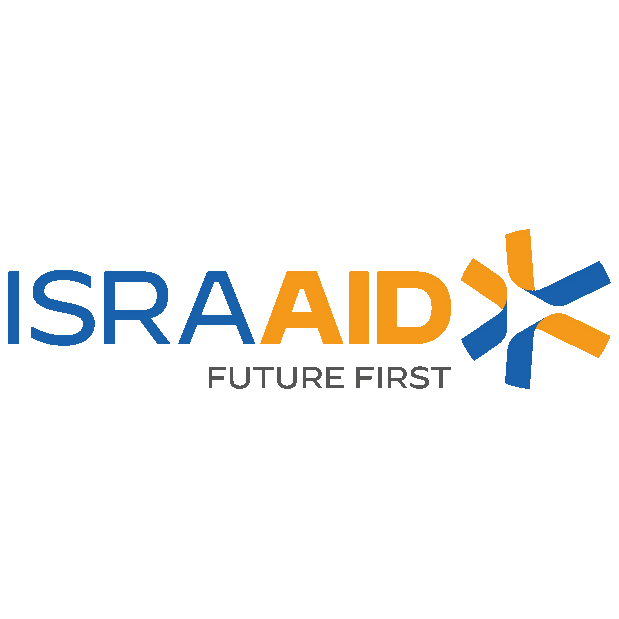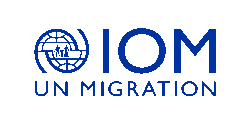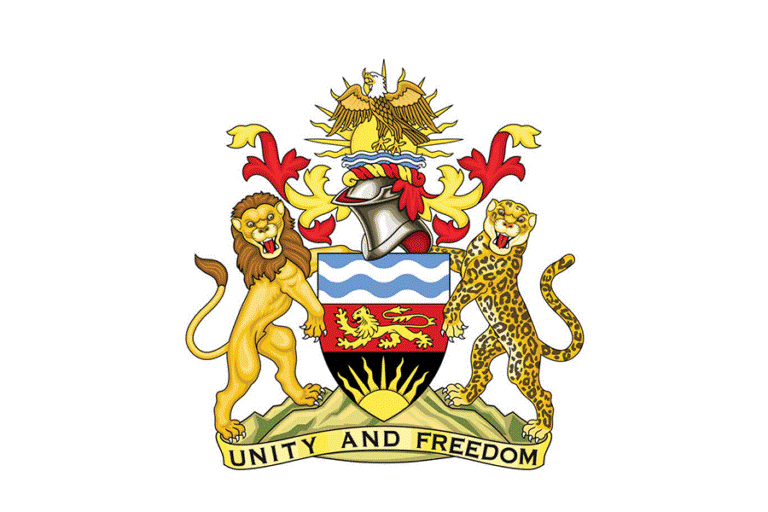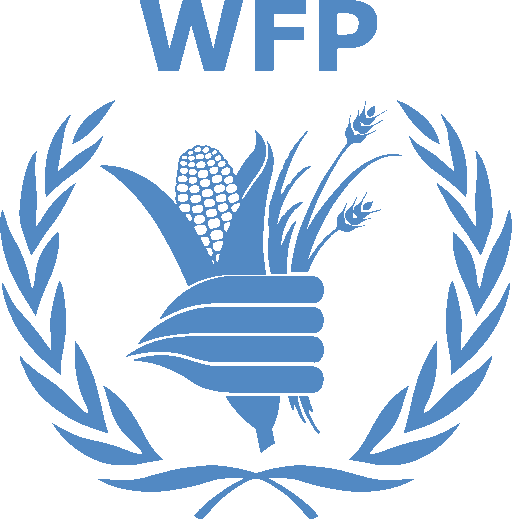GIS for Disease Surveillance Monitoring Training
INTRODUCTION
This course is designed to provide participants with the skills and knowledge needed to use Geographic Information Systems (GIS) for effective disease surveillance, monitoring, and public health management. Through this training, participants will learn how to apply GIS to track disease outbreaks, monitor health trends, and implement strategies for disease prevention and control. The course covers the integration of spatial data, remote sensing, and epidemiological data to enhance decision-making in public health.
The GIS for Disease Surveillance Monitoring course is designed to equip participants with the knowledge and practical skills needed to utilize Geographic Information Systems (GIS) for effective monitoring and surveillance of diseases. In today’s global health landscape, spatial data plays a critical role in tracking disease outbreaks, analyzing health trends, and developing prevention strategies. This course focuses on the integration of GIS technology with public health practices, enabling participants to visualize disease patterns, assess risk factors, and implement timely interventions.
Through hands-on training, participants will learn how to collect, map, and analyze spatial health data, use remote sensing tools, and apply spatial models to predict and prevent disease outbreaks. The course covers both communicable diseases, such as malaria, dengue, and COVID-19, and non-communicable diseases, providing a comprehensive approach to public health monitoring.
DURATION
5 days
TARGET AUDIENCE
The course is targeted at professionals who require knowledge and skills on the use of Geographic Information System (GIS) and Remote Sensing (RS) in their organization in the field of risk management.
OBJECTIVES
By the end of this course the participants will be able to:
- Understand the Role of GIS in Disease Surveillance:
- Grasp the fundamental concepts of GIS and how it can be applied to public health for monitoring disease outbreaks and analyzing health trends.
- Collect and Manage Spatial Health Data:
- Use GIS tools to collect and manage spatial data relevant to disease surveillance, including field data, remote sensing imagery, and environmental data.
- Create Disease Maps and Visualizations:
- Develop disease maps that visualize the spatial distribution of disease incidence, prevalence, and risk factors, aiding in decision-making for public health interventions.
- Apply Spatial Analysis Techniques:
- Utilize spatial analysis techniques such as clustering, hotspot detection, and spatial correlation to identify disease patterns and assess the spatial distribution of health risks.
- Monitor and Predict Disease Outbreaks:
- Implement GIS-based models and early warning systems to monitor disease outbreaks in real-time and predict future occurrences based on environmental and demographic factors.
- Assess Vulnerability and Risk Factors:
- Map and analyze risk factors such as climate, population density, and access to healthcare services to determine areas vulnerable to disease outbreaks.
- Develop Strategies for Disease Prevention and Control:
- Apply GIS to support public health strategies, such as optimizing resource allocation, planning health interventions, and managing emergency responses to outbreaks.
- Communicate Health Data Using GIS Tools:
- Create interactive maps, dashboards, and reports that effectively communicate disease surveillance data to public health officials, policymakers, and the public.
COURSE OUTLINE
Module 1: Introduction to GIS for Disease Surveillance
- Overview of GIS in Disease Surveillance:
- Introduction to the principles of GIS and its role in public health and disease surveillance.
- Understanding how GIS supports spatial epidemiology, disease mapping, and outbreak detection.
- Fundamentals of Disease Surveillance:
- Key concepts in disease surveillance, including outbreak detection, trend monitoring, and disease reporting systems.
- Types of diseases (communicable and non-communicable) and the importance of spatial analysis in tracking them.
- GIS Applications in Public Health:
- Overview of how GIS is used in health monitoring, including tracking disease outbreaks, resource allocation, and risk assessment.
- Case studies of GIS applications in disease surveillance at global, national, and local levels.
Module 2: Spatial Data Collection for Disease Surveillance
- Spatial Data Sources for Health Monitoring:
- Data types used in GIS for public health, including demographic data, health facility locations, environmental data, and remote sensing imagery.
- Sources of spatial data: national health databases, global health organizations (e.g., WHO), satellite imagery, and field data collection.
- Field Data Collection Using Mobile Tools:
- Introduction to mobile data collection platforms (e.g., KoboToolbox, Open Data Kit) for collecting health-related spatial data in the field.
- Collecting location-based data on disease cases, vector habitats, and environmental risk factors using GPS-enabled devices.
- Remote Sensing for Disease Surveillance:
- Introduction to remote sensing technologies (satellites, drones) for monitoring environmental conditions that impact disease spread, such as water bodies, vegetation, and climate.
- Use of satellite imagery to monitor vector-borne diseases (e.g., malaria, dengue) by tracking environmental changes.
Module 3: Disease Mapping and Spatial Analysis
- Mapping Disease Incidence and Prevalence:
- Using GIS to map the spatial distribution of disease cases (incidence and prevalence) to identify hotspots and affected regions.
- Techniques for creating choropleth maps, heat maps, and cluster maps to visualize disease patterns.
- Spatial Analysis Techniques for Disease Surveillance:
- Spatial autocorrelation and cluster detection techniques (e.g., Moran’s I, Getis-Ord Gi*) for identifying disease outbreak clusters.
- Using spatial statistics to analyze disease trends and compare disease rates across regions.
- Time-Series and Temporal Analysis in GIS:
- Techniques for analyzing changes in disease patterns over time using GIS.
- Creating time-enabled maps to visualize the progression of disease outbreaks and identify temporal trends in public health data.
Module 4: Risk Mapping and Vulnerability Assessment
- Identifying Disease Risk Factors:
- Using GIS to map risk factors for disease outbreaks, including environmental conditions, population density, and socioeconomic factors.
- Analysis of how climate, sanitation, and infrastructure affect the spatial distribution of diseases.
- Vulnerability Assessment and Risk Mapping:
- Creating risk maps to assess the vulnerability of populations to disease outbreaks.
- Integrating spatial data on health infrastructure, access to medical services, and population demographics to identify high-risk areas.
- Spatial Modeling for Disease Risk Prediction:
- Introduction to spatial models for predicting disease risk based on environmental and demographic variables.
- Using GIS-based risk prediction models to forecast potential outbreaks and guide public health interventions.
Module 5: Disease Outbreak Detection and Response with GIS
- Real-Time Disease Outbreak Monitoring:
- Using GIS tools for real-time monitoring and early detection of disease outbreaks through syndromic surveillance systems.
- Visualization of live data feeds (e.g., from health apps, hospital reports) on disease occurrence and spread.
- Spatial Decision Support Systems for Outbreak Response:
- GIS-based decision support systems for coordinating outbreak response efforts, including resource allocation and field response planning.
- Mapping health facilities, quarantine zones, and emergency response teams to streamline outbreak management.
- Early Warning Systems for Disease Surveillance:
- Developing GIS-based early warning systems that integrate spatial data, disease reports, and environmental monitoring to predict and prevent disease outbreaks.
- Case studies on the use of GIS for early warning systems in malaria, cholera, and influenza outbreaks.
Module 6: Monitoring Vector-Borne Diseases with GIS
- GIS for Vector Mapping and Monitoring:
- Mapping vector habitats (e.g., mosquito breeding sites, rodent burrows) using GIS to monitor the risk of vector-borne diseases.
- Spatial analysis of vector distribution and environmental factors influencing vector behavior (e.g., temperature, humidity).
- Using Remote Sensing to Track Vector-Borne Diseases:
- Applying remote sensing data to monitor environmental conditions that promote the spread of vector-borne diseases such as malaria, dengue, and Zika virus.
- Use of GIS to analyze the impact of environmental changes (e.g., deforestation, urbanization) on vector populations.
- Predicting Vector-Borne Disease Outbreaks:
- Spatial modeling for predicting vector-borne disease outbreaks based on vector habitats, climate data, and population movements.
- Case studies on the use of GIS to control and prevent vector-borne diseases in urban and rural settings.
Module 7: Public Health Resource Allocation and Planning with GIS
- Health Facility Location and Access Mapping:
- Using GIS to map the locations of hospitals, clinics, and health centers in relation to disease hotspots and population density.
- Analyzing access to healthcare services and identifying gaps in service provision using spatial data.
- Resource Allocation for Disease Control:
- GIS applications for optimizing the distribution of medical supplies, vaccines, and public health resources to areas most in need.
- Spatial analysis to support decision-making in the deployment of health workers, setting up vaccination campaigns, and establishing quarantine zones.
- GIS for Health Infrastructure Planning:
- Using GIS for long-term planning of health infrastructure, including identifying areas for new health facilities and improving emergency response services.
- Mapping health infrastructure resilience to disease outbreaks and environmental hazards.
Module 8: Communicating Disease Surveillance Data Using GIS
- Creating Disease Surveillance Maps:
- Techniques for designing and producing effective maps that communicate spatial patterns of disease outbreaks to health professionals, decision-makers, and the public.
- Best practices for visualizing disease data in ways that highlight critical areas for intervention.
- Developing GIS-Based Dashboards for Public Health Monitoring:
- Creating interactive dashboards for real-time monitoring of disease outbreaks, health infrastructure, and resource availability.
- Using dashboards to track key health indicators, such as case counts, recovery rates, and vaccination coverage.
- Reporting and Advocacy Using GIS:
- Preparing GIS-based reports and presentations that communicate disease surveillance findings to policymakers, funding agencies, and stakeholders.
- Using spatial data visualizations to advocate for public health interventions and funding for disease prevention programs.
Module 9: GIS for Non-Communicable Disease (NCD) Monitoring
- GIS Applications for Monitoring Non-Communicable Diseases:
- Using GIS to track the spatial distribution of non-communicable diseases (e.g., diabetes, cardiovascular diseases, cancers).
- Analyzing risk factors such as lifestyle, environmental exposure, and access to healthcare in relation to NCD prevalence.
- Identifying Spatial Patterns of NCDs:
- Using spatial analysis to detect clusters of NCDs and investigate possible environmental and social determinants.
- Creating spatial models to understand the relationship between NCDs and factors like air quality, pollution, and socioeconomic status.
- GIS for Long-Term NCD Surveillance and Planning:
- Integrating GIS into public health planning for the prevention and management of NCDs by analyzing long-term health trends and resource allocation.
- Case studies of GIS in NCD management and intervention planning at local and national levels.
CERTIFICATION
- Upon successful completion of this training, participants will be issued with Macskills Training and Development Institute Certificate
TRAINING VENUE
- Training will be held at Macskills Training Centre. We also tailor make the training upon request at different locations across the world.
AIRPORT PICK UP AND ACCOMMODATION
- Airport pick up and accommodation is arranged upon request
TERMS OF PAYMENT
- Payment should be made to Macskills Development Institute bank account before the start of the training and receipts sent to info@macskillsdevelopment.com
Gis For Disease Surveillance Monitoring Training in Kenya
| Dates | Fees | Location | Action |
|---|---|---|---|
| 06/10/2025 - 10/10/2025 | $4,000 | Johannesburg |
|
| 13/10/2025 - 17/10/2025 | $2,900 | Kigali |
|
| 27/10/2025 - 31/10/2025 | $1,250 | Nairobi |
|
| 03/11/2025 - 07/11/2025 | $4,000 | Johannesburg |
|
| 03/11/2025 - 07/11/2025 | $4,000 | Johannesburg |
|
| 17/11/2025 - 21/11/2025 | $2,900 | Kigali |
|
| 24/11/2025 - 28/11/2025 | $1,250 | Nairobi |
|
| 01/12/2025 - 05/12/2025 | $4,950 | Dubai |
|
| 08/12/2025 - 12/12/2025 | $1,250 | Nairobi |
|



